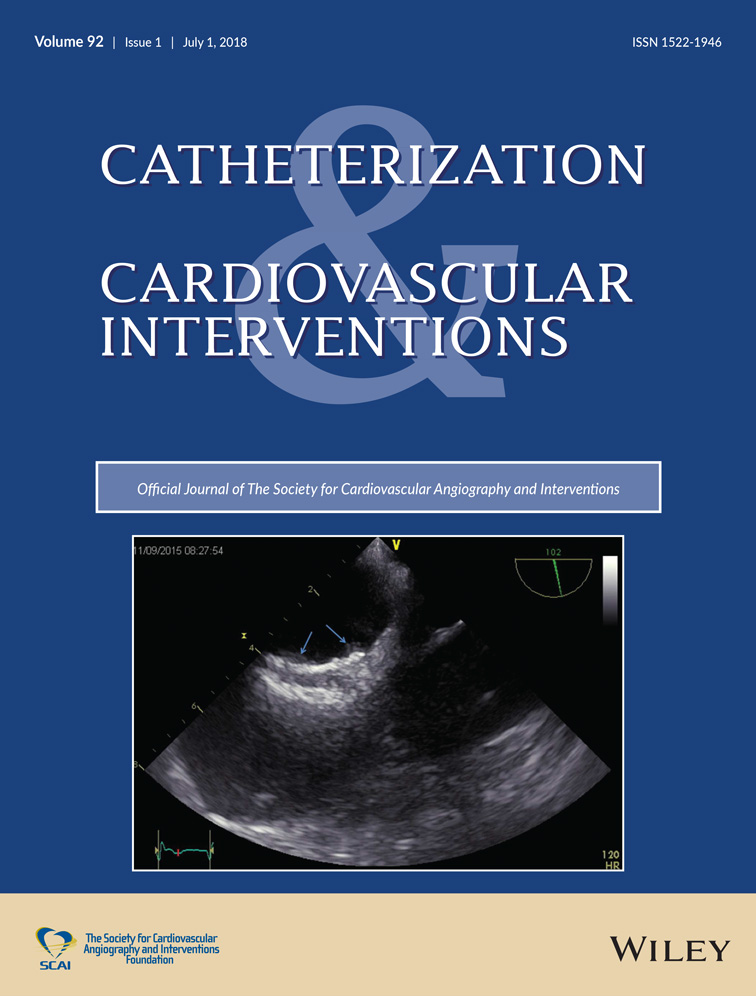Coronary Artery Disease
Don't worry and measure FFR
First published: 02 August 2018
KEY POINTS
- FFR-guided PCI was associated with better clinical outcomes regarding the reduction of myocardial infarction and major adverse cardiac events.
- The clinical benefit of FFR-guided PCI was achieved with less stents and procedural cost, without additional effects on procedural time and contrast volume.
- Physicians should measure FFR of target stenosis prior to PCI if there is no objective evidence of myocardial ischemia.




